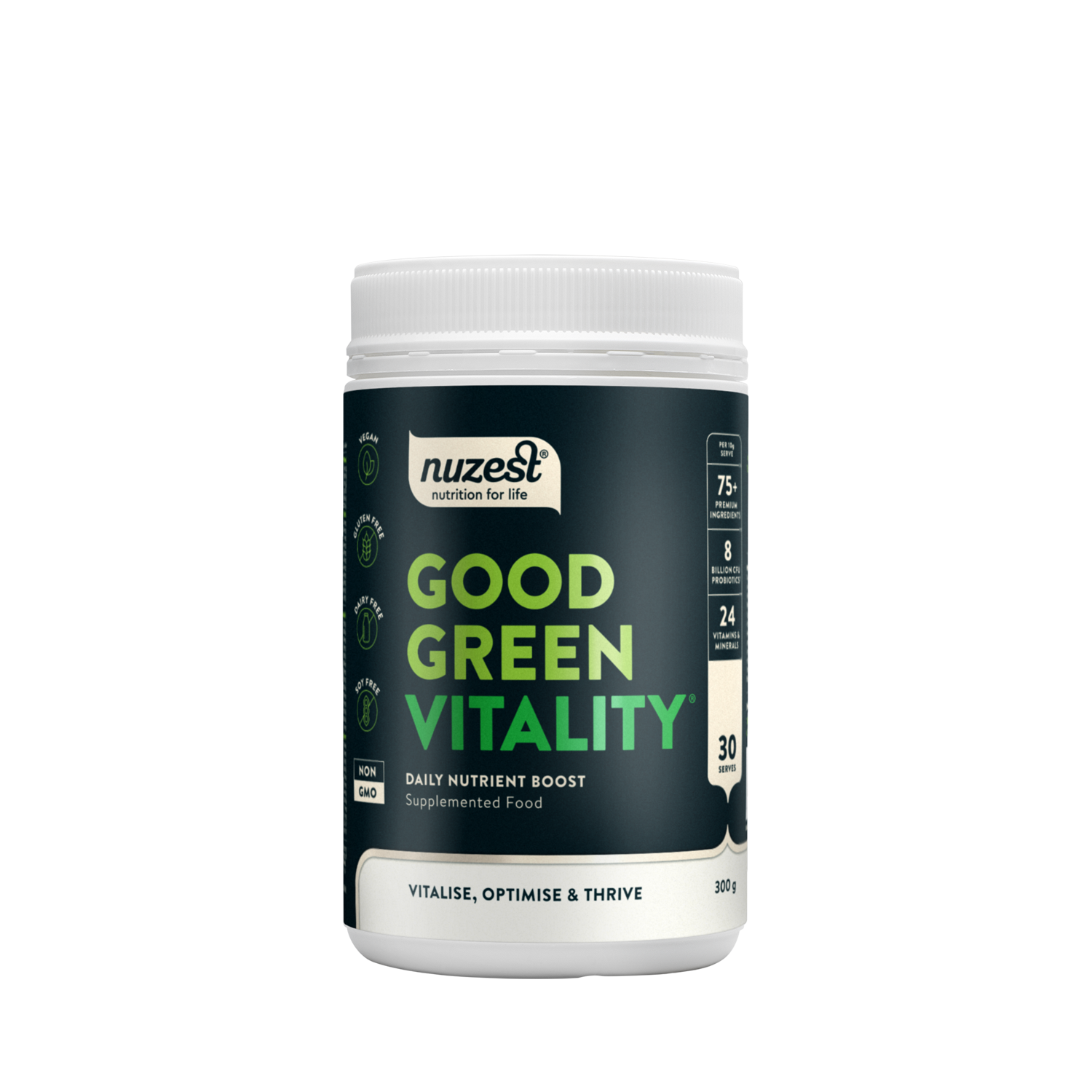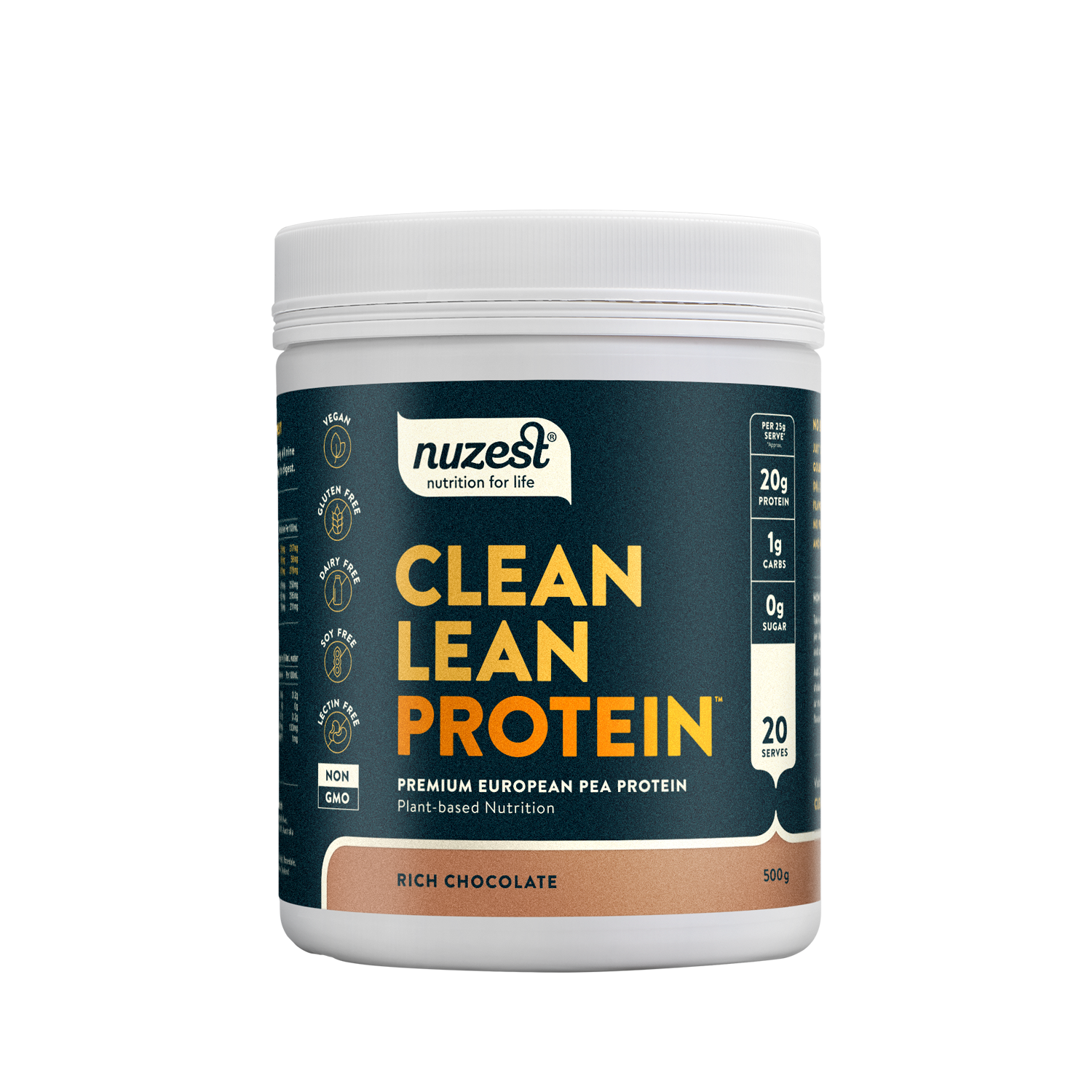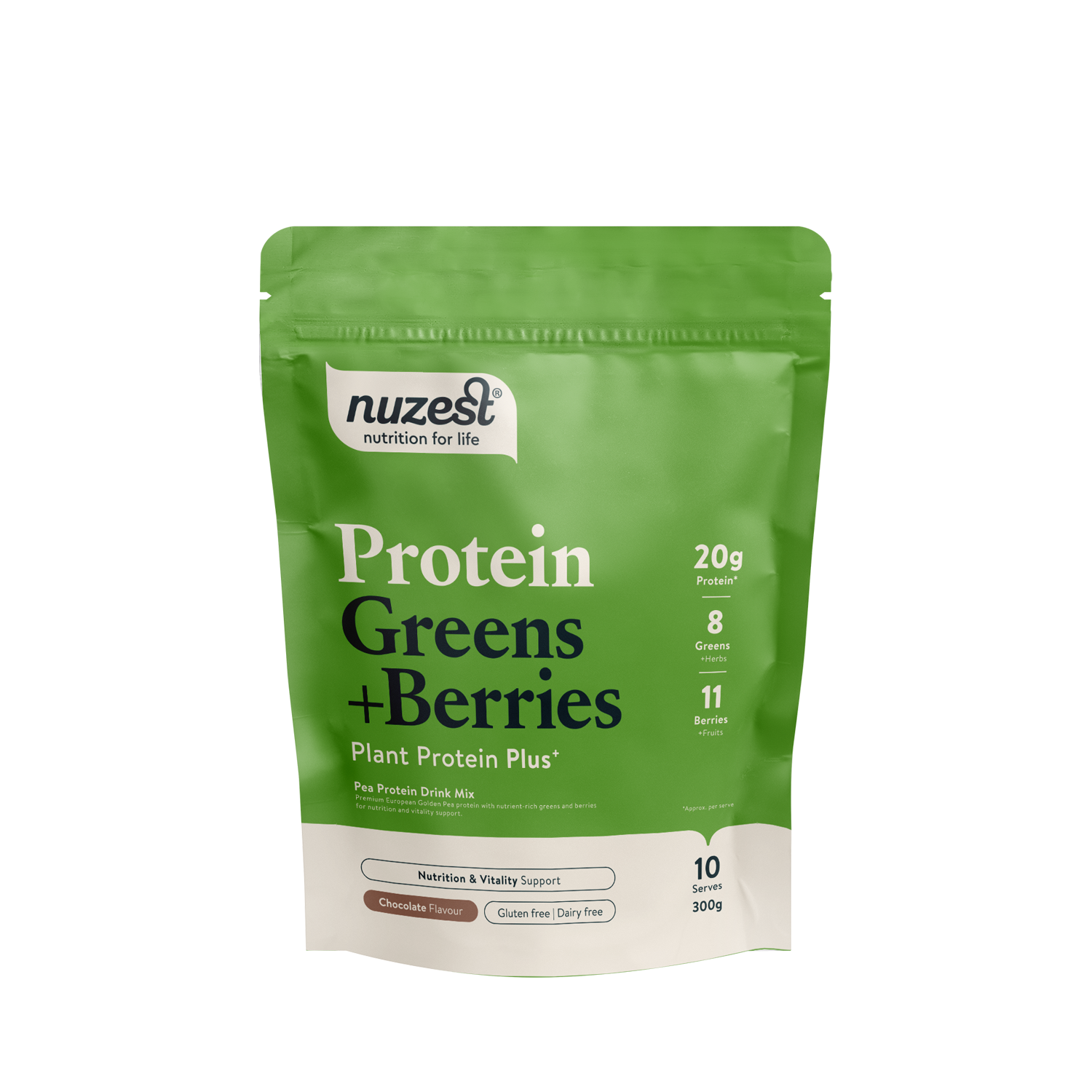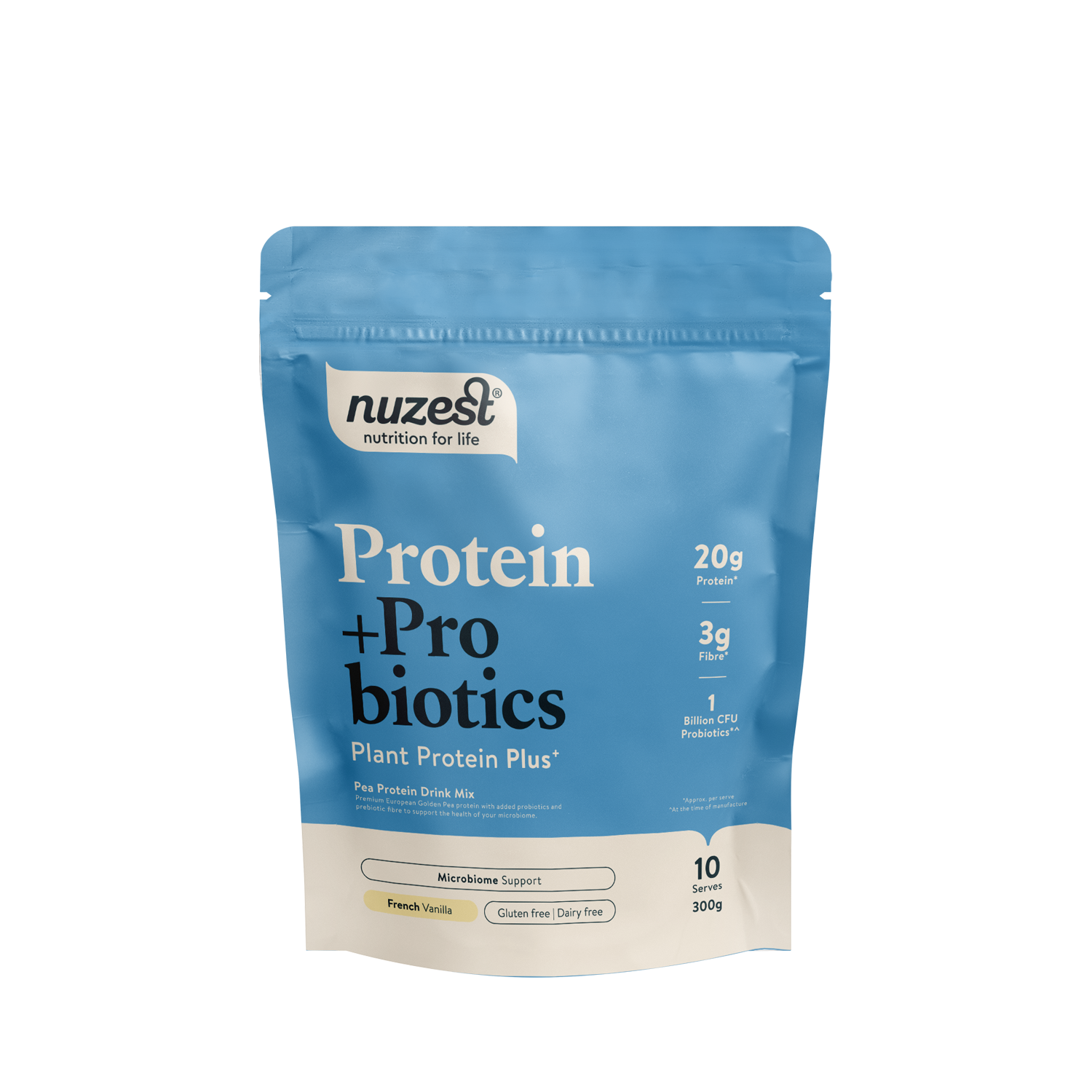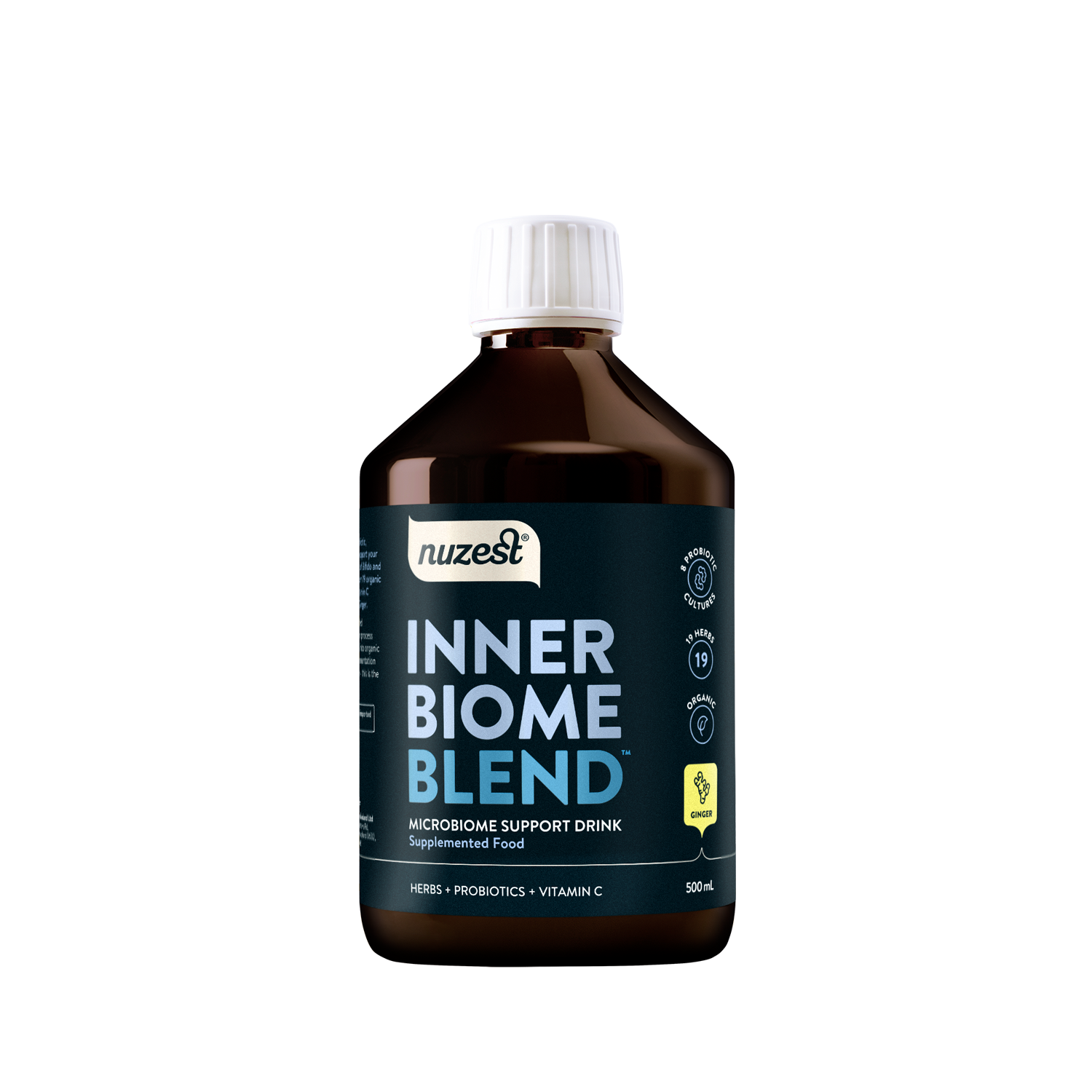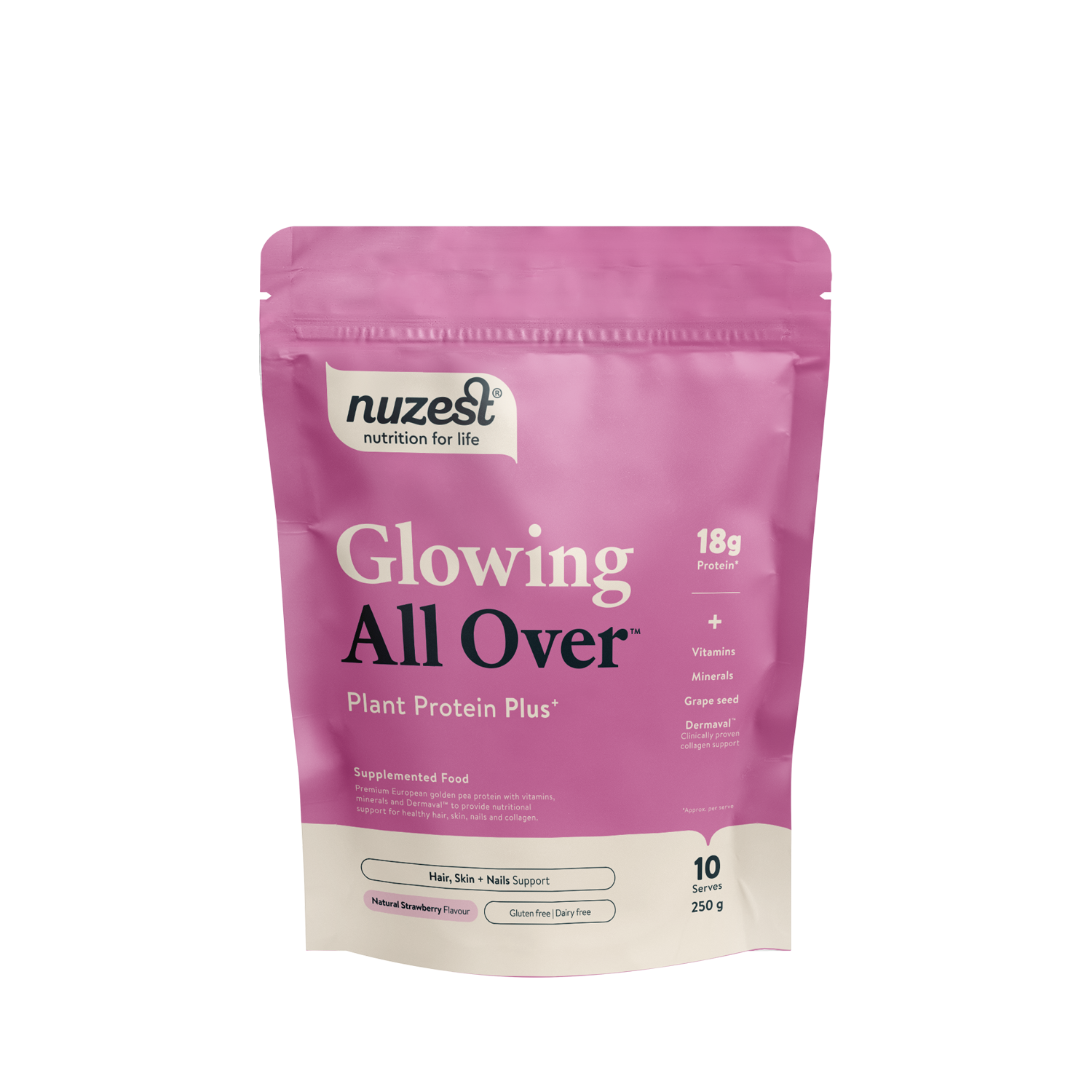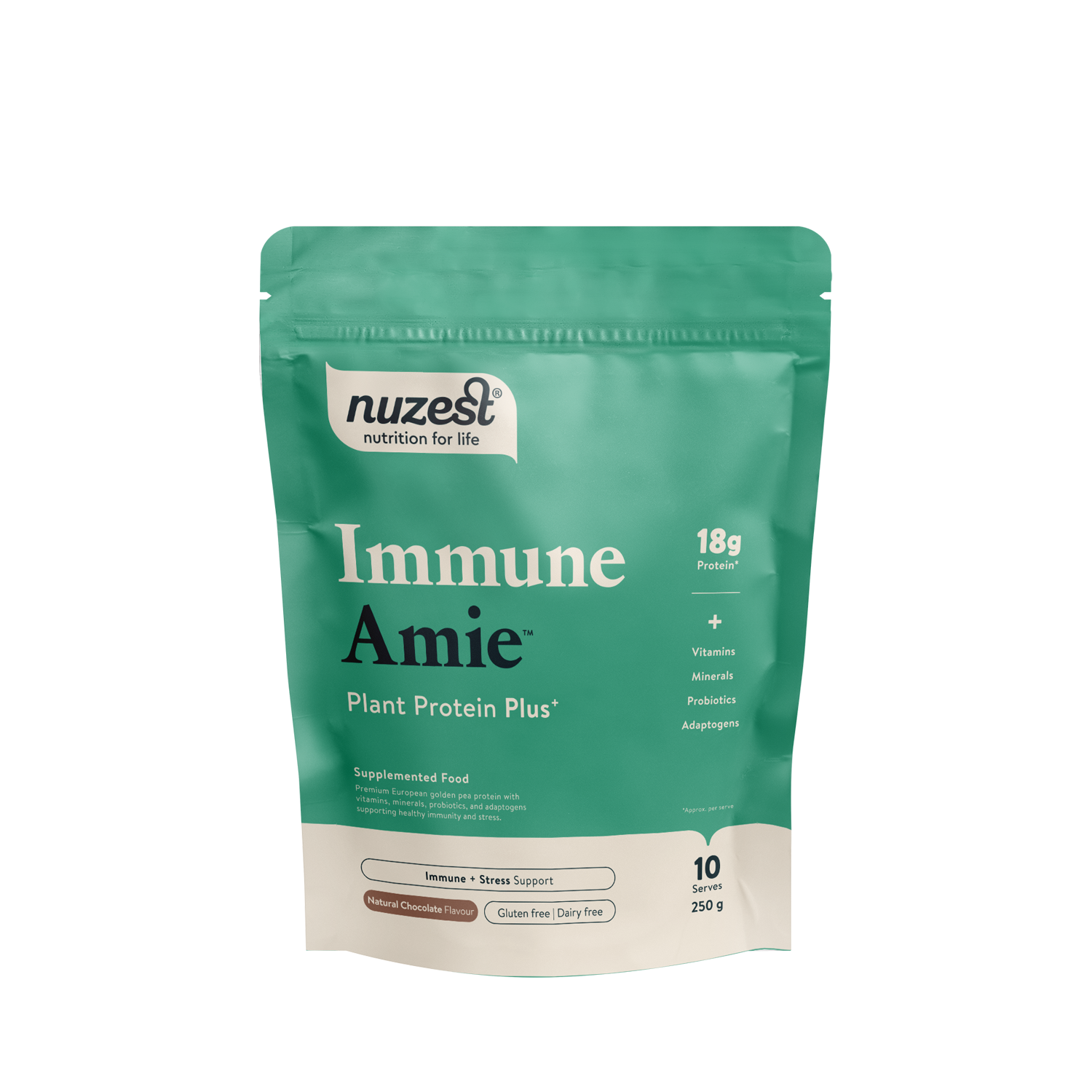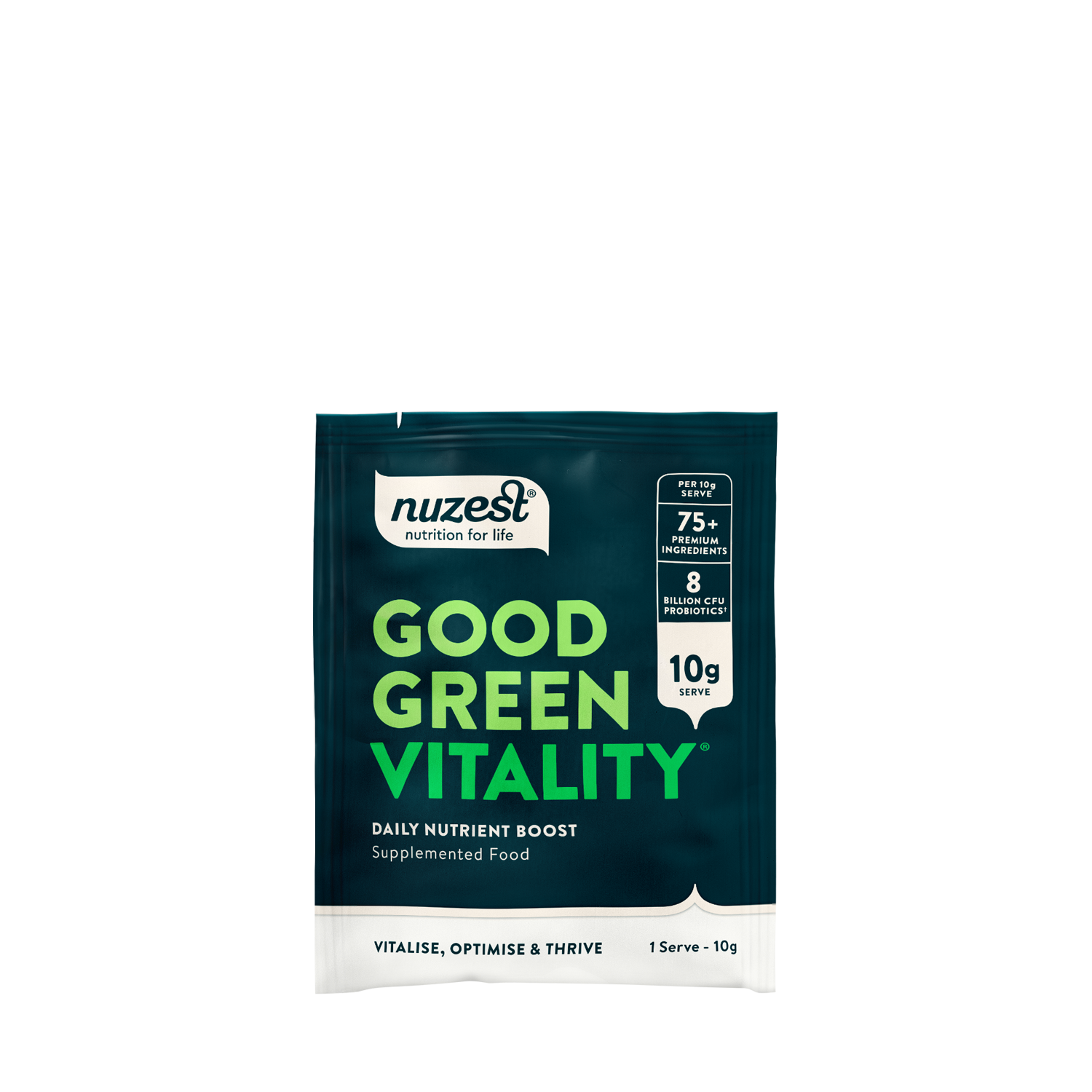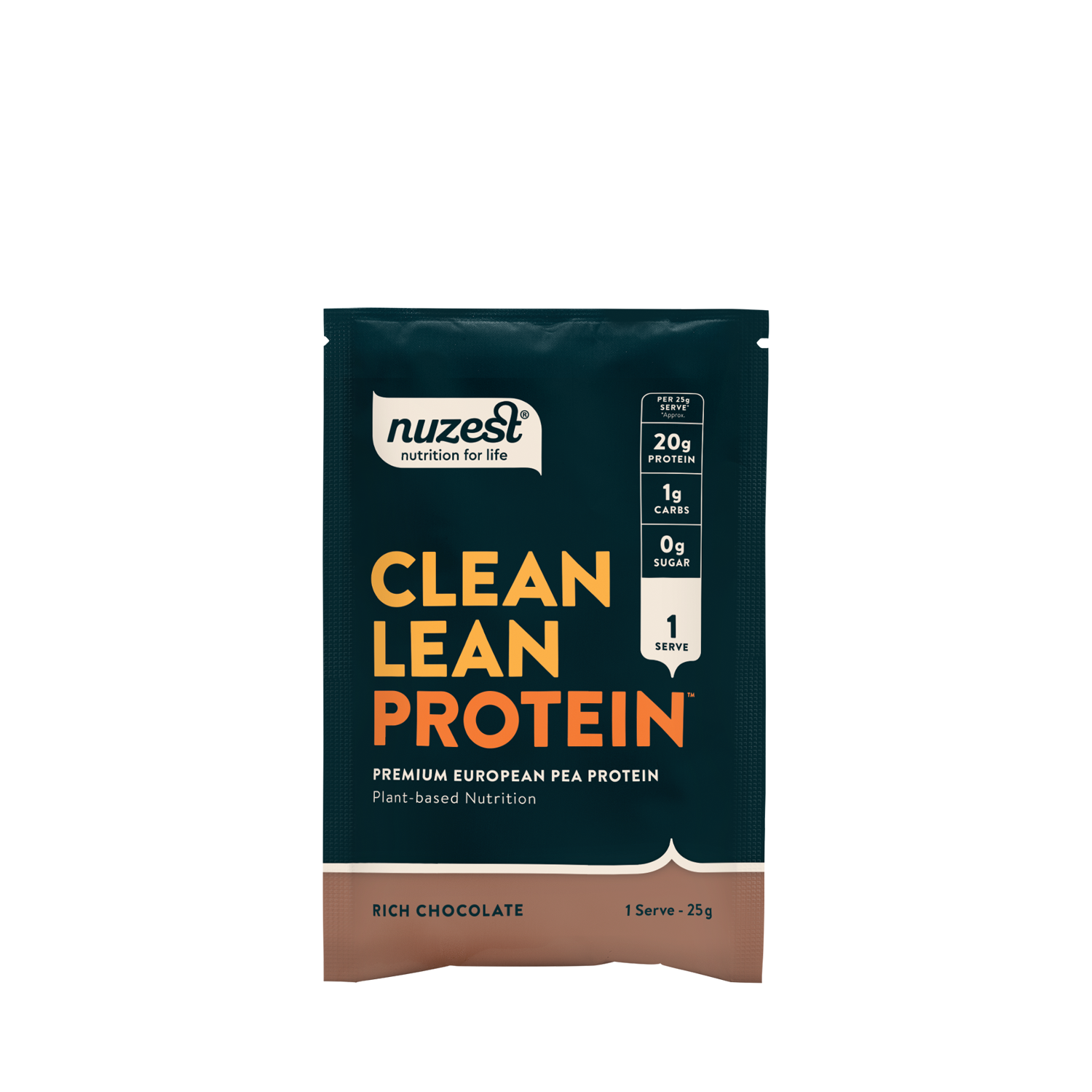Vitamin D3
Cholecalciferol (from Lichen)
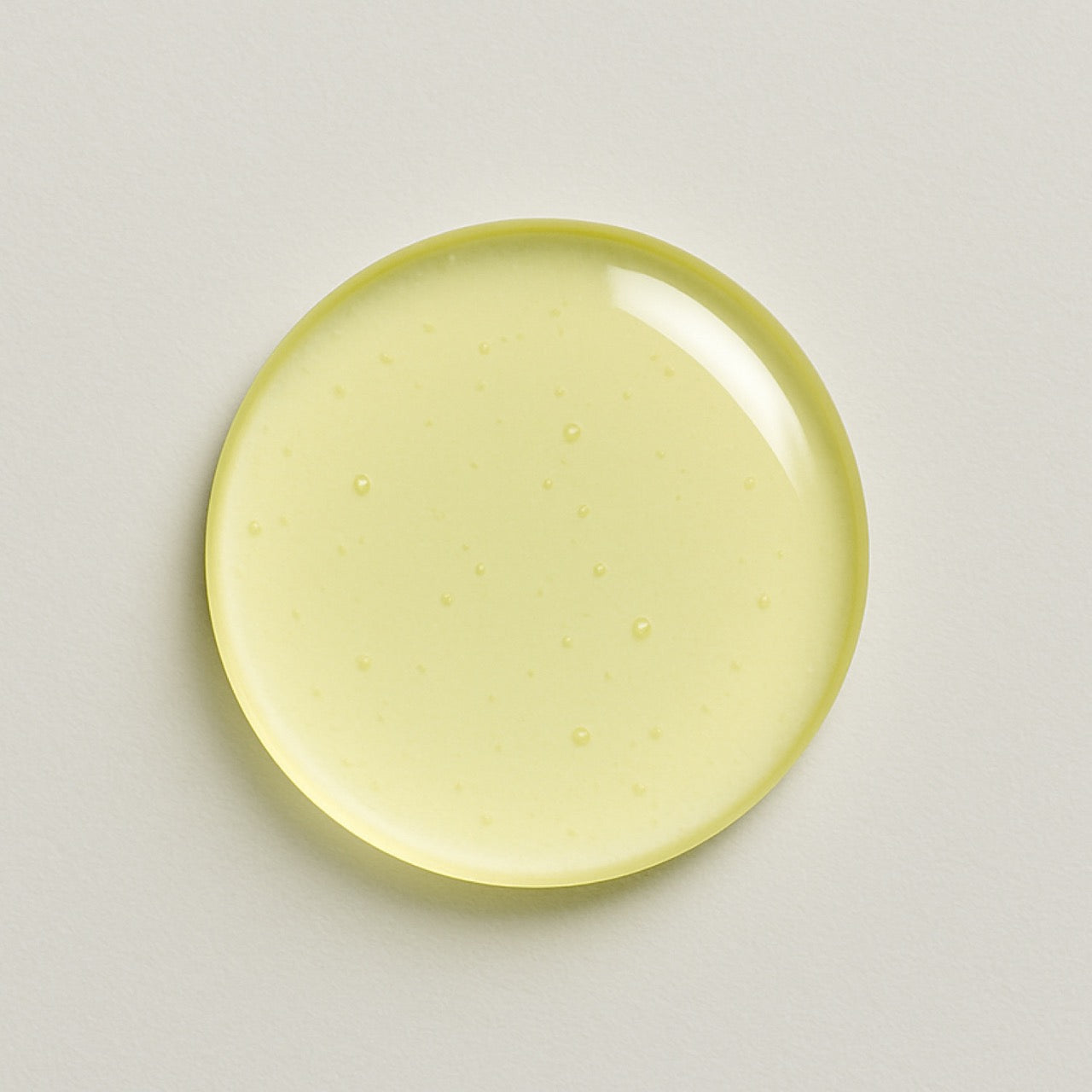
Vitamin D3, or cholecalciferol, is a fat-soluble vitamin produced in the skin upon sunlight exposure and used to support calcium regulation. It is commonly included in fortified foods and dietary supplements.
Products:
Vitamin D3 for Immunity
Vitamin D3 is the body’s preferred form of Vitamin D, and plays a vital role in supporting immune function by enhancing the pathogen-fighting capabilities of immune cells such as T-cells and macrophages. Maintaining adequate levels has been associated with a reduced risk of infections, particularly respiratory illnesses including influenza and the common cold. Additionally, vitamin D3 contributes to immune regulation, which may assist in preventing inappropriate immune responses linked to autoimmune disorders.¹ ²
How Can Vitamin D3 Help Bone Health?
Essential for the efficient absorption of calcium in the gastrointestinal tract, Vitamin D3 plays a critical role in maintaining bone health. By facilitating the uptake of calcium and phosphorus, it supports bone mineralisation and density, thereby reducing the risk of conditions such as osteoporosis and rickets. Adequate levels contribute to bone strength and help prevent fractures, particularly in older adults.³ ⁴
Vitamin D3 for Mood and Cognition
Research indicates that adequate levels of vitamin D3 are associated with improved mood and cognitive function. It may contribute to reducing the risk of depression and promoting mood stability. Additionally, evidence suggests a link between low vitamin D status and cognitive decline in older adults, highlighting its potential role in supporting cognitive health.⁵ ⁶ ⁷
Is Vitamin D a Hormone?
Technically classified as a hormone rather than a traditional vitamin, vitamin D is synthesized in the skin upon exposure to ultraviolet B (UVB) radiation from sunlight. It is subsequently converted into its biologically active form through hydroxylation processes in the liver and kidneys. This active metabolite functions hormonally to regulate key physiological processes, including calcium absorption, immune modulation, and cellular growth and differentiation.⁸ ⁹ ¹⁰
Why Is Vitamin D Called 'The Sunlight Vitamin'?
Commonly referred to as the "sunlight vitamin," vitamin D is produced endogenously when ultraviolet (UV) radiation from sun exposure stimulates its synthesis in the skin. Sunlight represents the most natural and efficient source of this nutrient. Depending on factors such as skin pigmentation, geographic location, and UV intensity, regular exposure of approximately 10 to 30 minutes several times per week is generally sufficient to maintain adequate vitamin D status.¹¹ ¹²
